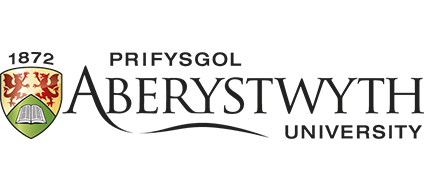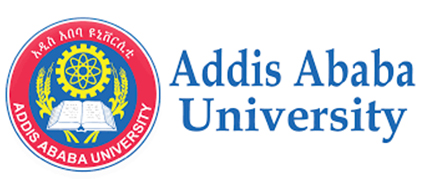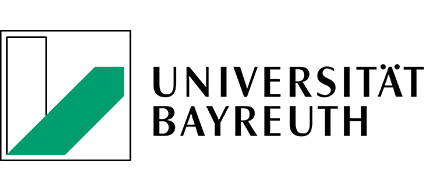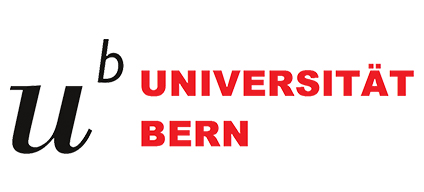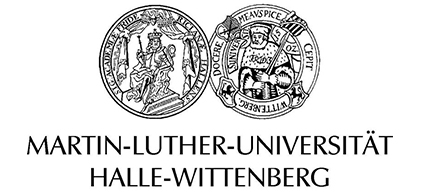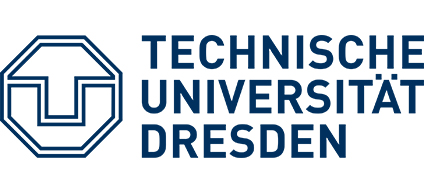Main Content
P4 – Giant mole-rats as synanthropic landscape engineers
PIs: Nina Farwig, Dana Schabo | Tilaya Wube
Overview
The contribution of the novel project P4 to the overarching aim of RU2358, the reconstruction of the environmental history of the afroalpine ecosystem, is to disentangle the role of the endemic giant mole-rat (GMR - Tachyoryctes macrocephalus) as a natural biotic landscape engineer from anthropogenic transformation in the Bale Mountains (Mts.). To achieve this, comprehensive and spatially explicit ecological and genetic analyses of the GMR are needed. The goal of project P4 is therefore to contribute to this challenge, first, by detailed field surveys on the distribution of GMRs across the Bale Mts. in order to assess their ecology and current population genetic structure. This will be done in close cooperation with C2 (geo-radar-based quantification of mounds; humidity and land-use gradients; development of sequencing approach) and P3 (vegetation characteristics). Second, we will link field observations to remote sensing information on GMR burrows and other environmental data in order to upscale the GMR’s ecosystem engineering role and population structure to the landscape scale (in cooperation with C2 and P3). Excavations of GMR bones of P1 during phase 1 of RU2358 open up the possibility to compare extant population genetic analyses with ancient DNA (aDNA) analyses. Thus, as a third aim, we will compare current and ancient genetic data of GMRs and their burrows to reconstruct the landscape history (in cooperation with C2, P1, P3, and P7). In summary, we will upscale the GMR’s role as ecosystem engineer to the landscape scale and determine present and past population dynamics of GMRs in the afroalpine ecosystem and the upper Ericaceous Belt to resolve the presence of humans in the Bale Mts.
Achievements
1. Participation in the 2011 DFG supported reconnaissance to Bale Mts.
2. Pilot data by projects C2/P3: identification of endemic plant species exclusively found on GMR mounds,
first mapping of GMR mound assemblies
3. Excavation of bones by P1 indicating that Middle Stone Age foragers largely exploited this endemic
food resource


Figure 1 & Figure 2: View at the habitat area on Sanetti Plateau, Ethiopia; Exiting Giant Molerat
